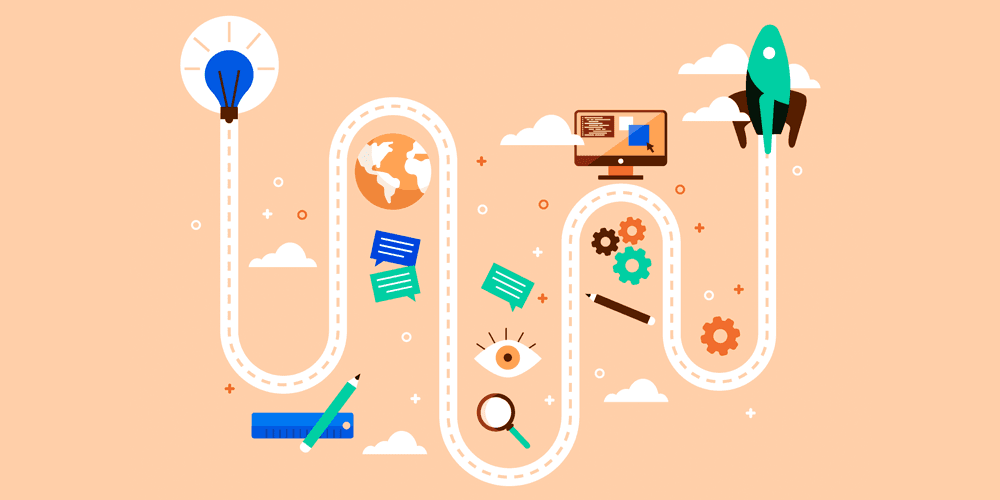Let’s clear up a common myth: automation doesn’t mean replacing people. Especially when it comes to automation in workflows, it’s less about removing humans—and more about removing friction.
In today’s fast-moving teams, automation isn’t there to take over. It’s there to take away the tedious stuff: repetitive tasks, clunky handoffs, and endless admin. This leaves humans with more time for creativity, strategy, and what they do best—being human.
💭 Rethinking What Automation Really Means
When we hear “automation,” we often think of robots replacing people or machines making decisions without oversight. But in most modern workplaces, automation in workflows about refining processes.
What it actually means:
- Eliminating repetitive tasks that drain time and energy.
- Standardizing steps so there’s less room for error.
- Giving humans more space for strategic thinking, problem-solving, and creativity.
Think about the number of hours recruiters spend manually screening resumes, scheduling interviews, and sending reminders. With automation, these tasks happen in the background—freeing teams to focus on relationship-building and smarter decision-making.
🔄 When Humans and Automation Work Together
The sweet spot lies in collaboration: automation handles the how, humans handle the why.
For example:
- Algorithms can analyze patterns in applications, but humans read tone, passion, and potential.
- Chatbots can answer FAQs, but people provide empathy and connection.
- Dashboards can visualize performance, but leaders turn data into action.
The future of work isn’t machines vs. people—it’s machines with people. And that shift leads to better outcomes, not just faster ones.
🔧 Where Automation Works Best
Here are a few places where automation genuinely shines in human-led workflows:
- Recruitment: Automated screening, candidate ranking, interview coordination.
- Project management: Auto-reminders, checklists, status updates.
- Onboarding: Document collection, task assignments, introductory learning paths.
- Analytics: Real-time insights pulled without manual data entry.
These aren’t the “big ideas” that make headlines—they’re the everyday friction points that slow teams down. And when automation steps in, the impact is huge.
🤖 Don’t Replace, Reinforce
Automation should never try to mimic human judgment. Instead, it should support it.
A platform like Fomogo, for example, brings automation into hiring workflows to reduce manual tasks and speed up the process—but the core of decision-making always stays human. It’s about helping hiring teams act faster, fairer, and with more confidence—not removing them from the picture.
✅ Final Thought
Automation is not the enemy of meaningful work. It’s the bridge to doing more of it.
By offloading the mundane, teams are free to focus on what really matters—building strong cultures, growing businesses, and making thoughtful decisions.
The best workflows in 2025 won’t be fully human or fully automated. They’ll be a blend—intelligent, intentional, and deeply human.




